Have you ever wondered if certain things you do might be annoying your dog? As dog owners, we naturally want to show love and affection to our furry friends, but sometimes our actions can be misinterpreted. Despite our best intentions, certain common behaviors might be causing stress or discomfort to our dogs without us realizing it. Here are 14 ways you might be unintentionally irritating your dog.
Staring Too Long

Prolonged staring is often seen as a challenge or threat in the canine world. Therefore, when you gaze deeply into your dog’s eyes, they might perceive this as an act of aggression or an attempt to assert dominance.
This can be particularly stressful for a dog, leading to anxiety or defensive behavior. It is better to maintain soft eye contact and look away periodically to assure your dog that you mean no harm.
Hugging Too Tight
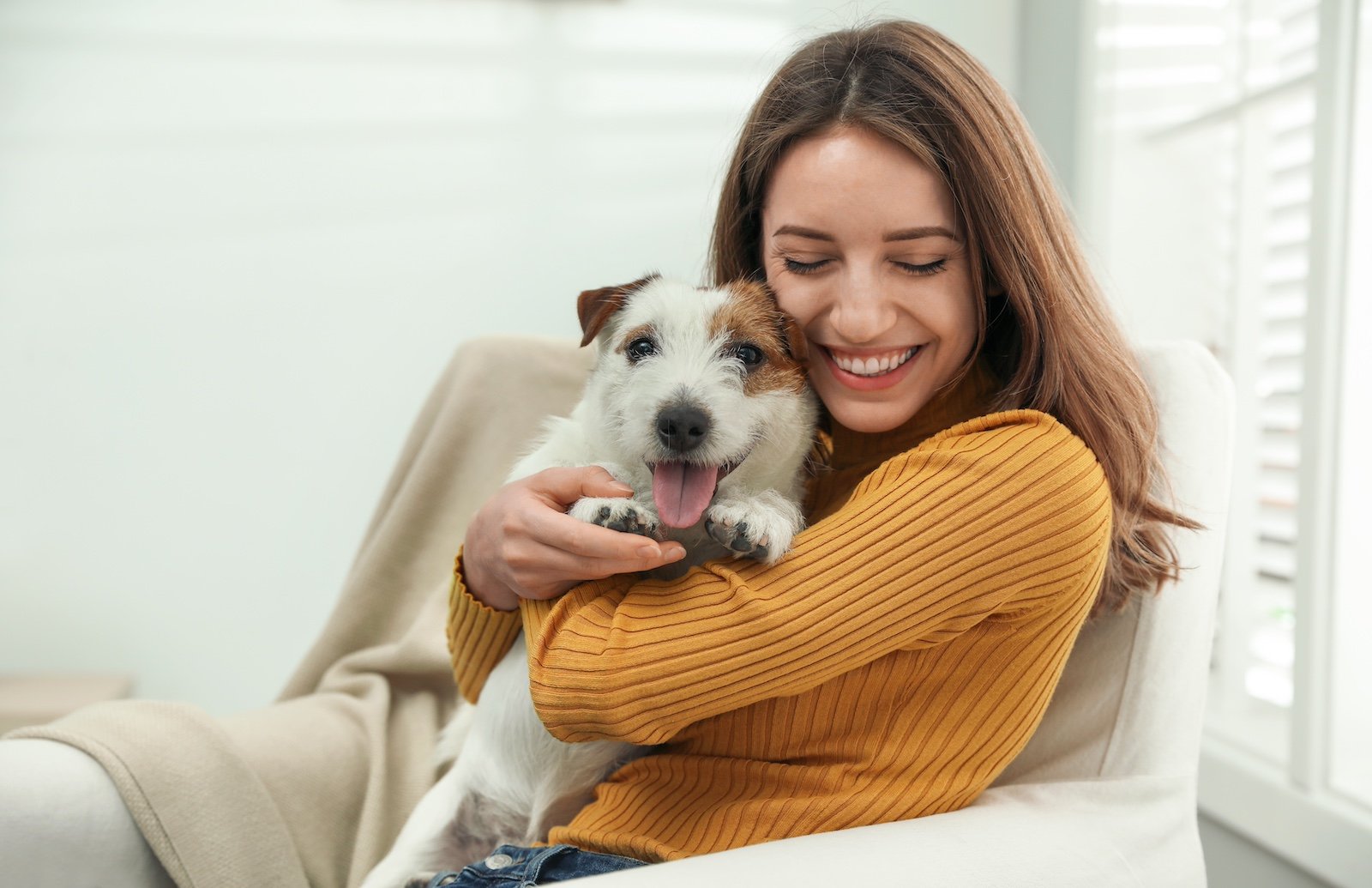
Dogs primarily perceive their world through their sense of smell and movement, and their body language does not naturally include hugging. When humans hug dogs tightly, it can make them feel trapped, as their primary defense mechanisms are being restricted. This can activate their fight-or-flight instinct, even if the intention is to show affection.
Observing your dog’s reaction to a hug can help you understand their comfort level—look for signs of distress like turning their head away or licking their lips.
Patting Their Heads
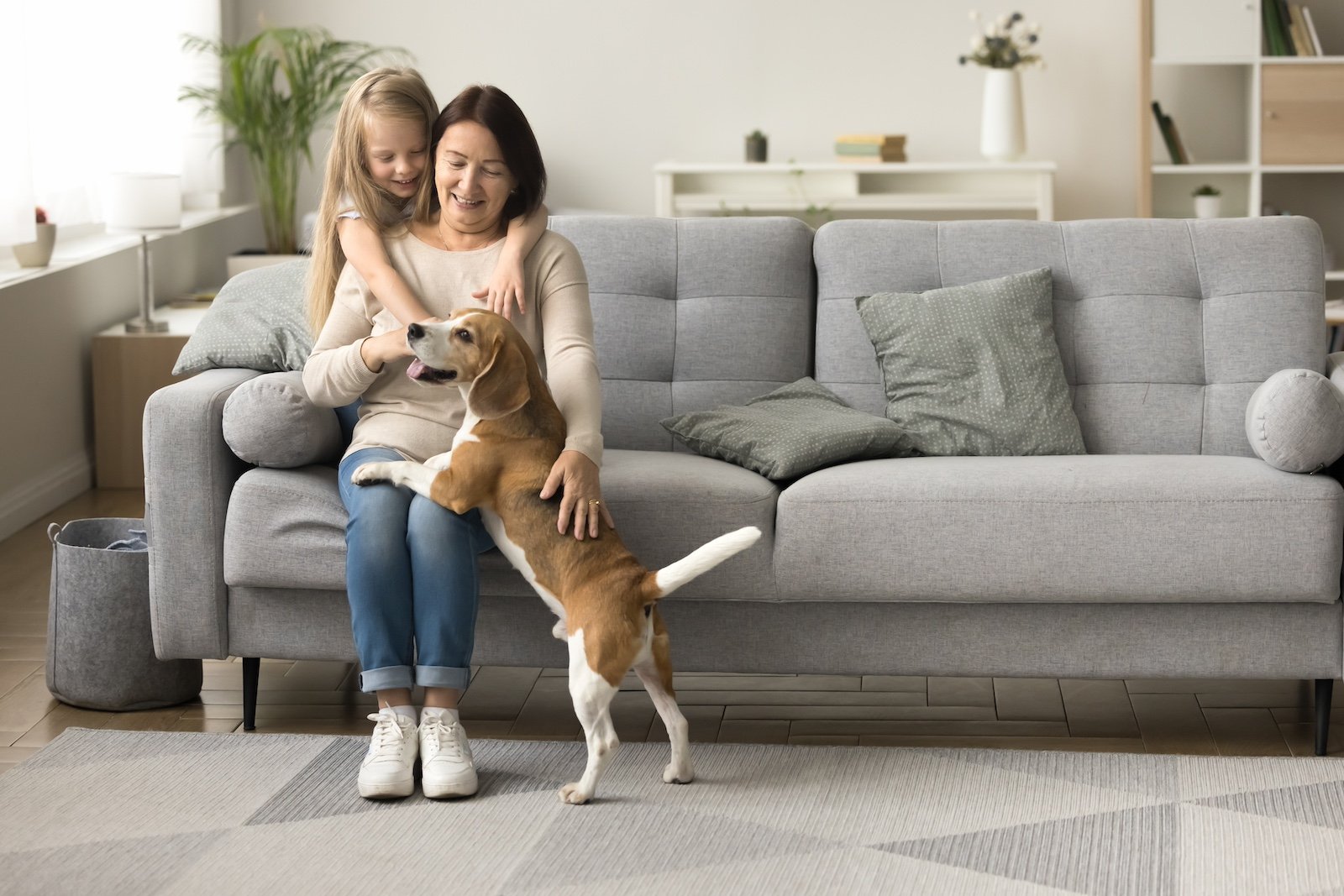
While a gentle pat on the head might seem affectionate to us, it can feel domineering to a dog. Dogs typically approach each other from the side as a sign of respect and to avoid direct confrontation.
A pat on the head from above can mimic a threatening gesture in their social language. Instead, dogs generally prefer being petted in less threatening areas where they can see the approach, such as their sides, chest, or back. Observing your dog’s response to being petted in different areas can also guide you on their personal preferences and comfort zones.
Walking Erratically
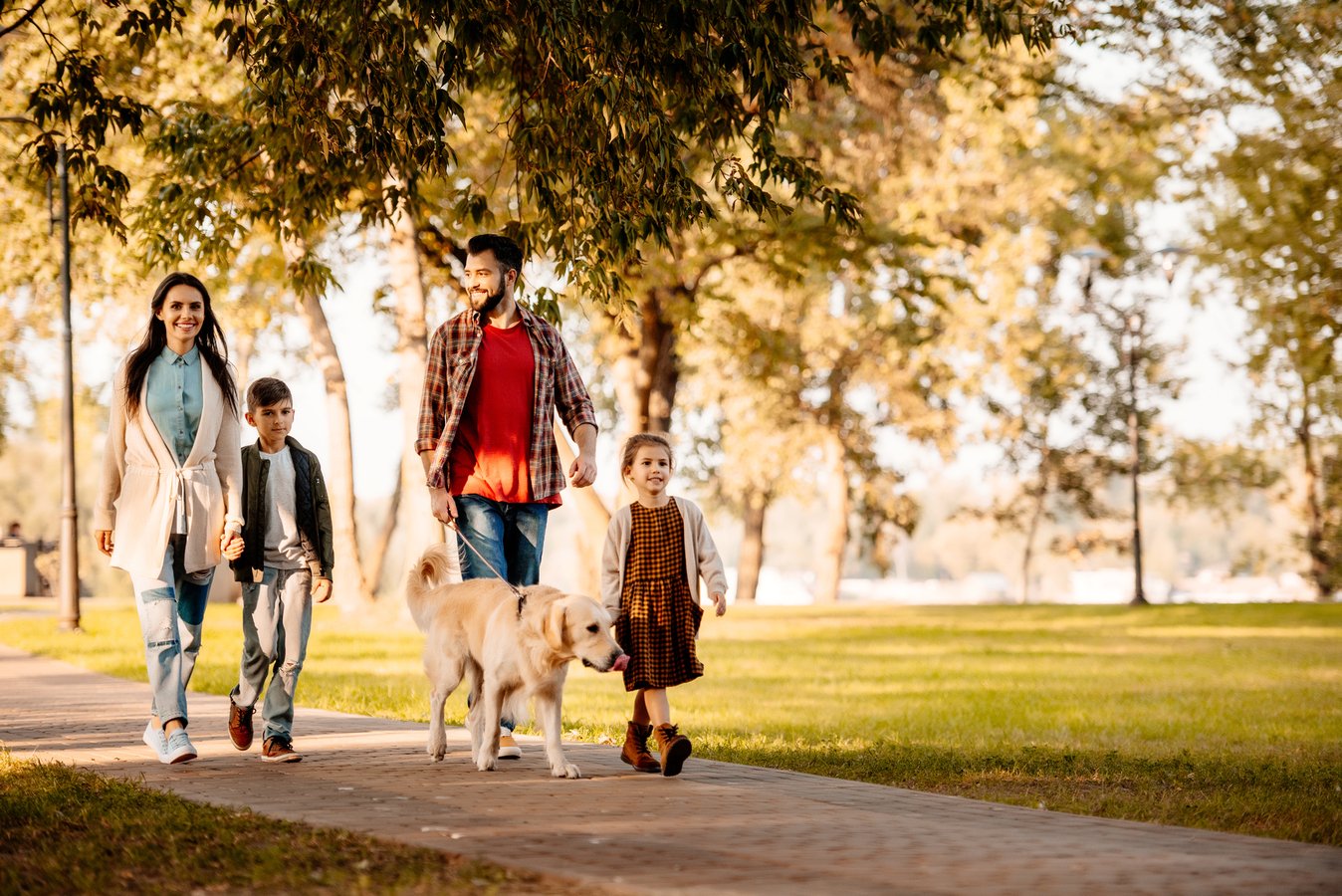
Consistency during walks is essential for a dog’s sense of security. Abrupt changes in speed or direction can confuse and unsettle them, reducing the enjoyment and benefits of the walk. Maintaining a predictable routine helps dogs feel more secure and allows them to focus on the environment rather than worry about unexpected movements.
If you need to change pace or direction, doing so gradually and with clear cues can help your dog adjust smoothly, making the walk more enjoyable and stress-free for both of you.
Not Letting Them Sniff
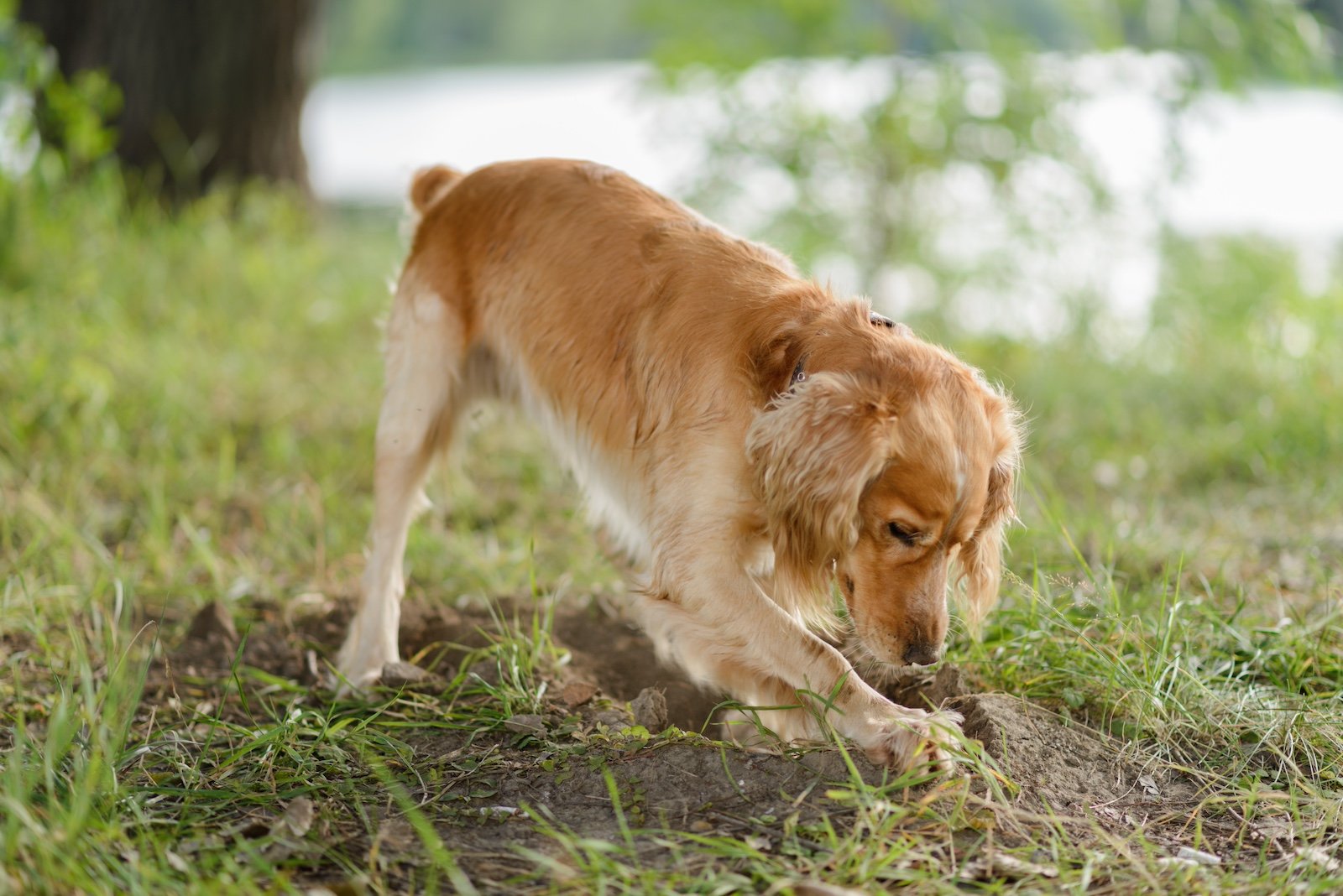
The sense of smell is a dog’s primary way of interpreting the world around them. When you prevent dogs from sniffing, you limit their ability to gather vital information about their environment, which can be frustrating and mentally stifling.
Allowing your dog to sniff can enrich their walks and provide necessary mental stimulation, as important as physical exercise. It is a crucial activity that helps them understand and interact with their surroundings, potentially preventing behavior problems related to boredom or under-stimulation.
Being Inconsistent with Rules

Consistency in rules and boundaries is crucial in helping dogs understand what is expected of them, leading to a more confident and well-adjusted pet. Inconsistent enforcement of rules can confuse dogs, making it difficult for them to learn proper behavior and possibly leading to anxiety. To avoid mixed signals, everyone in the household should agree on the rules and consistently reinforce them, using positive reinforcement to reward desired behaviors and gently correcting undesired ones.
Disturbing Their Sleep
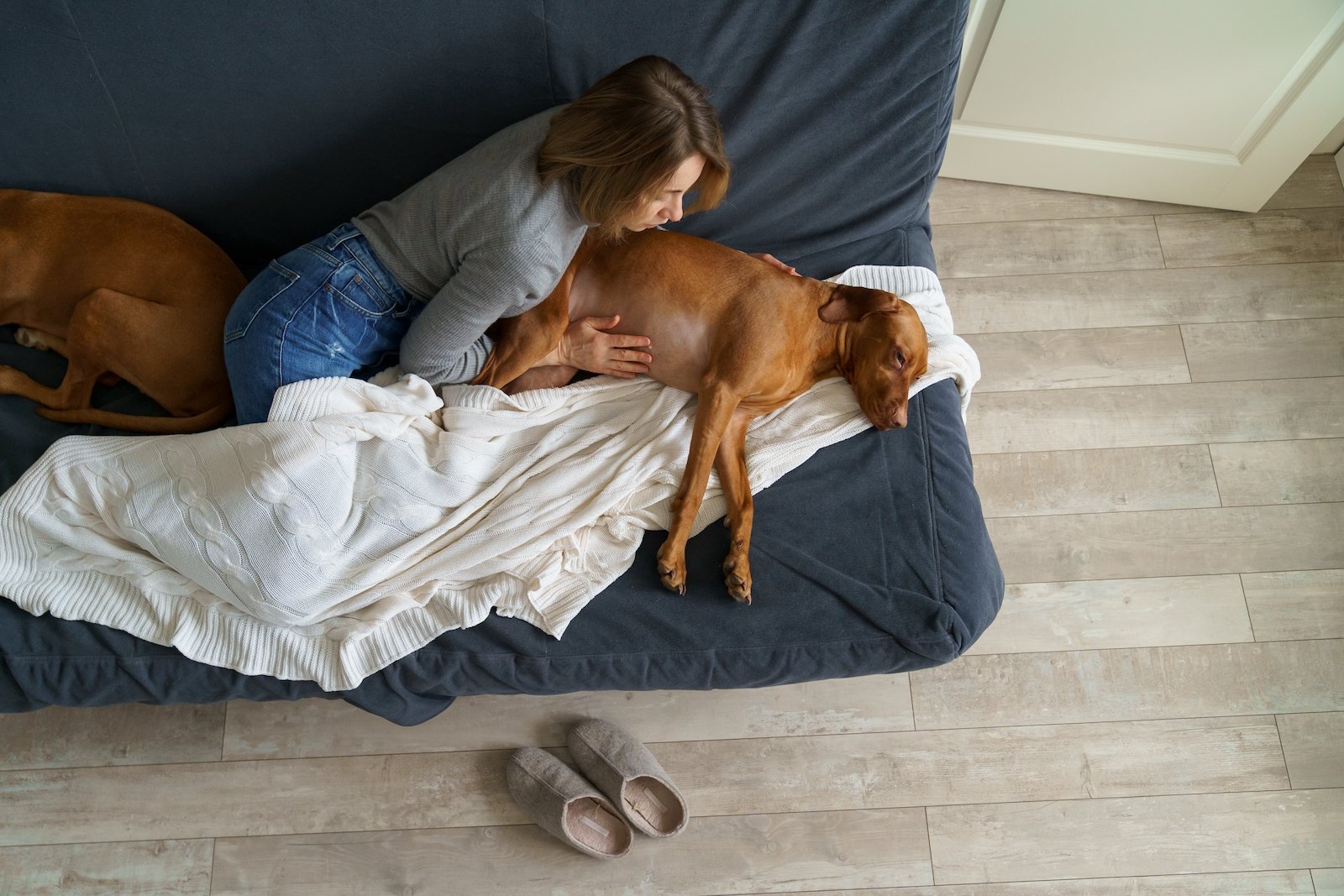
Dogs, especially puppies and older dogs, have different sleep needs than humans and often require more uninterrupted sleep. Disturbing their sleep can lead to irritability and health issues. Providing a designated quiet sleeping area that others in the household respect can help ensure your dog gets the rest they need. This area should be comfortable and free from disturbances, helping your dog feel safe and secure enough to relax.
Forcing Them into Unwanted Social Interactions
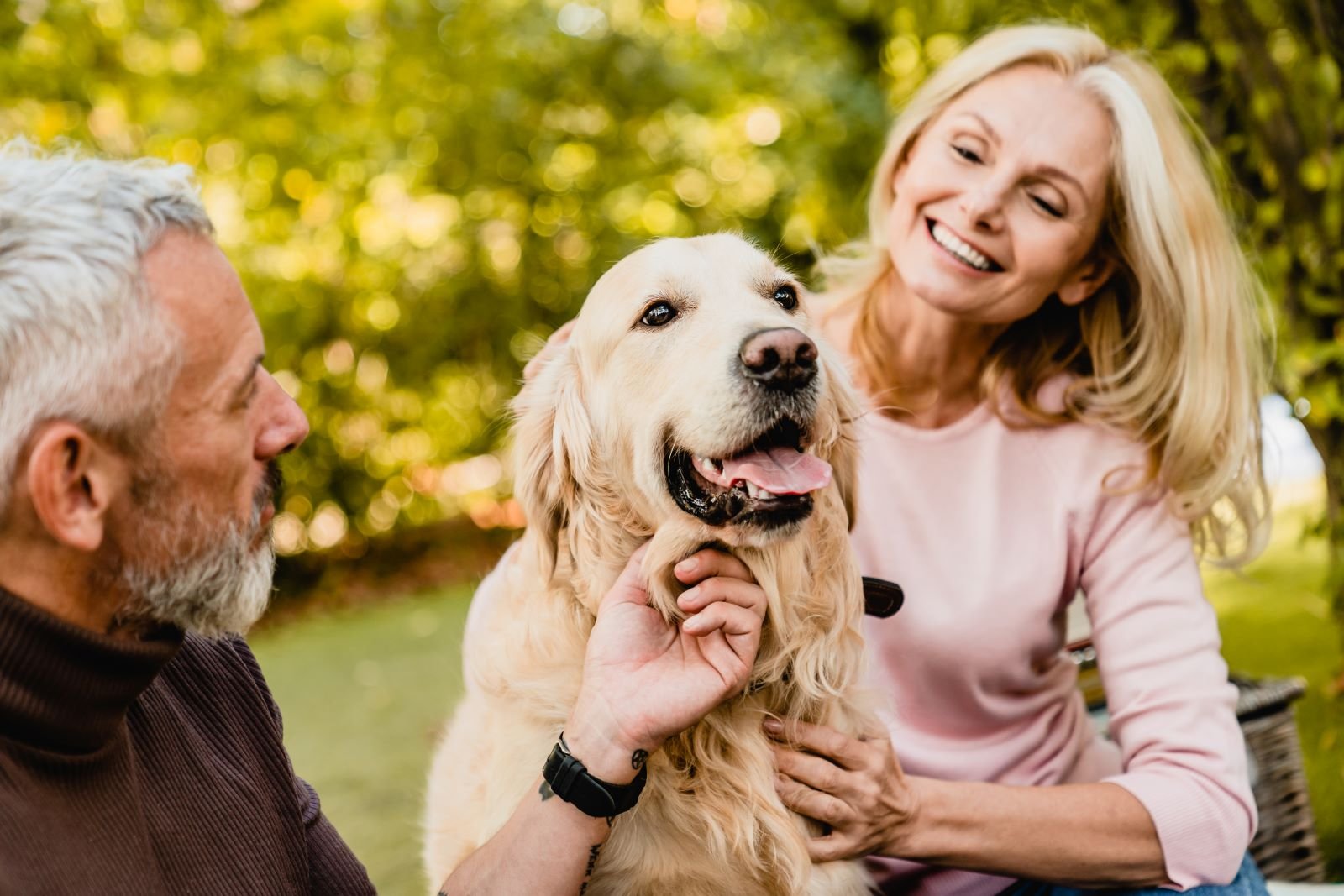
While socializing with your dog is crucial, it is also important to respect their individual social limits. Forcing a dog into uncomfortable social situations can lead to stress and long-term fear. Understanding your dog’s body language can help you recognize when they are uncomfortable and allow you to remove them from stressful situations before they escalate. Gradual, positive introductions to new people and other dogs can help build their confidence and social skills at a comfortable pace.
Ignoring Their Fears
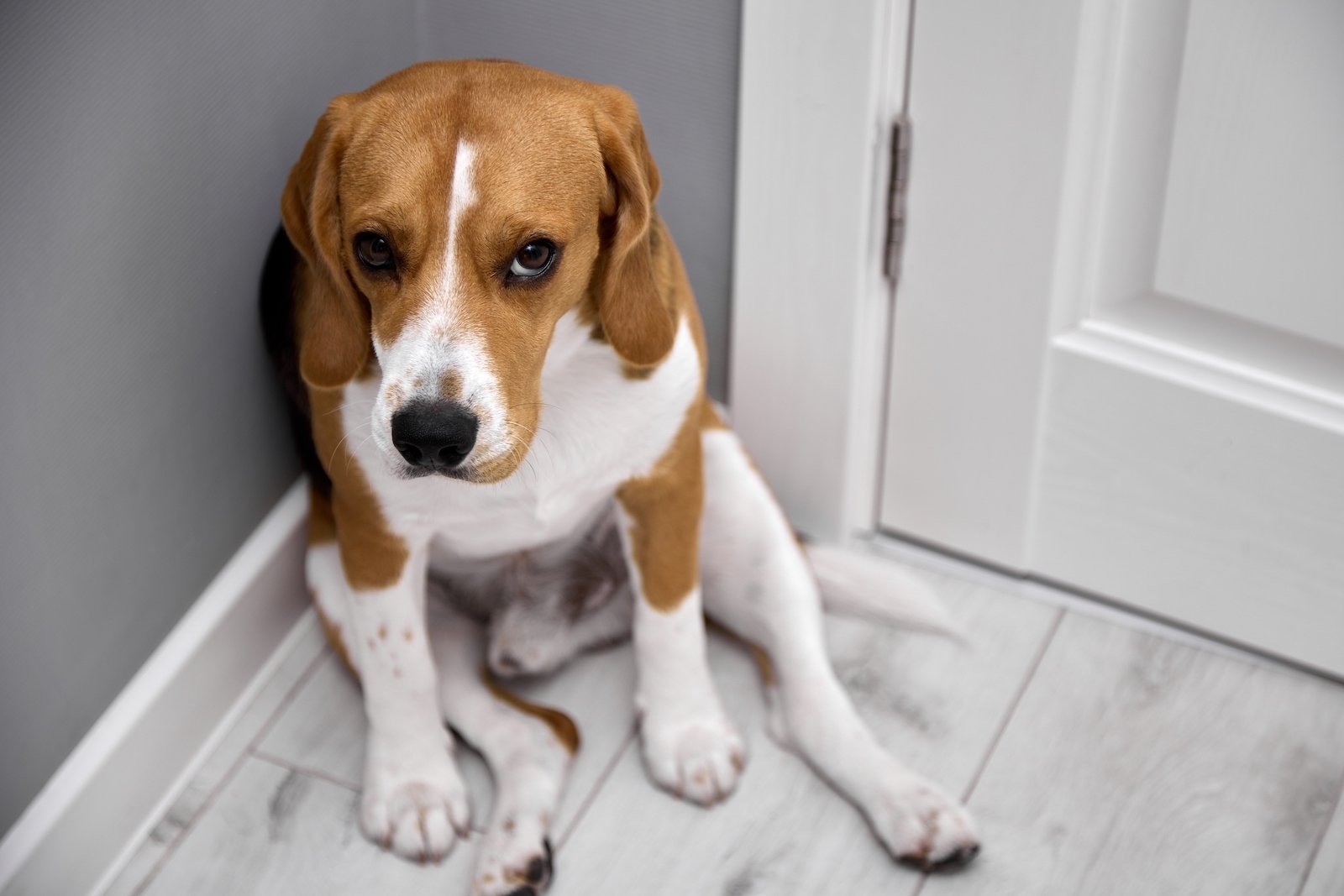
Ignoring a dog’s fears, such as anxiety triggered by loud noises like thunderstorms or fireworks, can exacerbate their stress and lead to more severe anxiety issues. Providing a safe space, such as a quiet room or a crate where they feel secure during stressful times, is crucial.
Techniques like desensitization, which involves gradual exposure to the source of fear in a controlled manner, can help reduce fear responses over time. Consulting with a behaviorist can also provide strategies tailored to your dog’s specific fears.
Too Much Alone Time
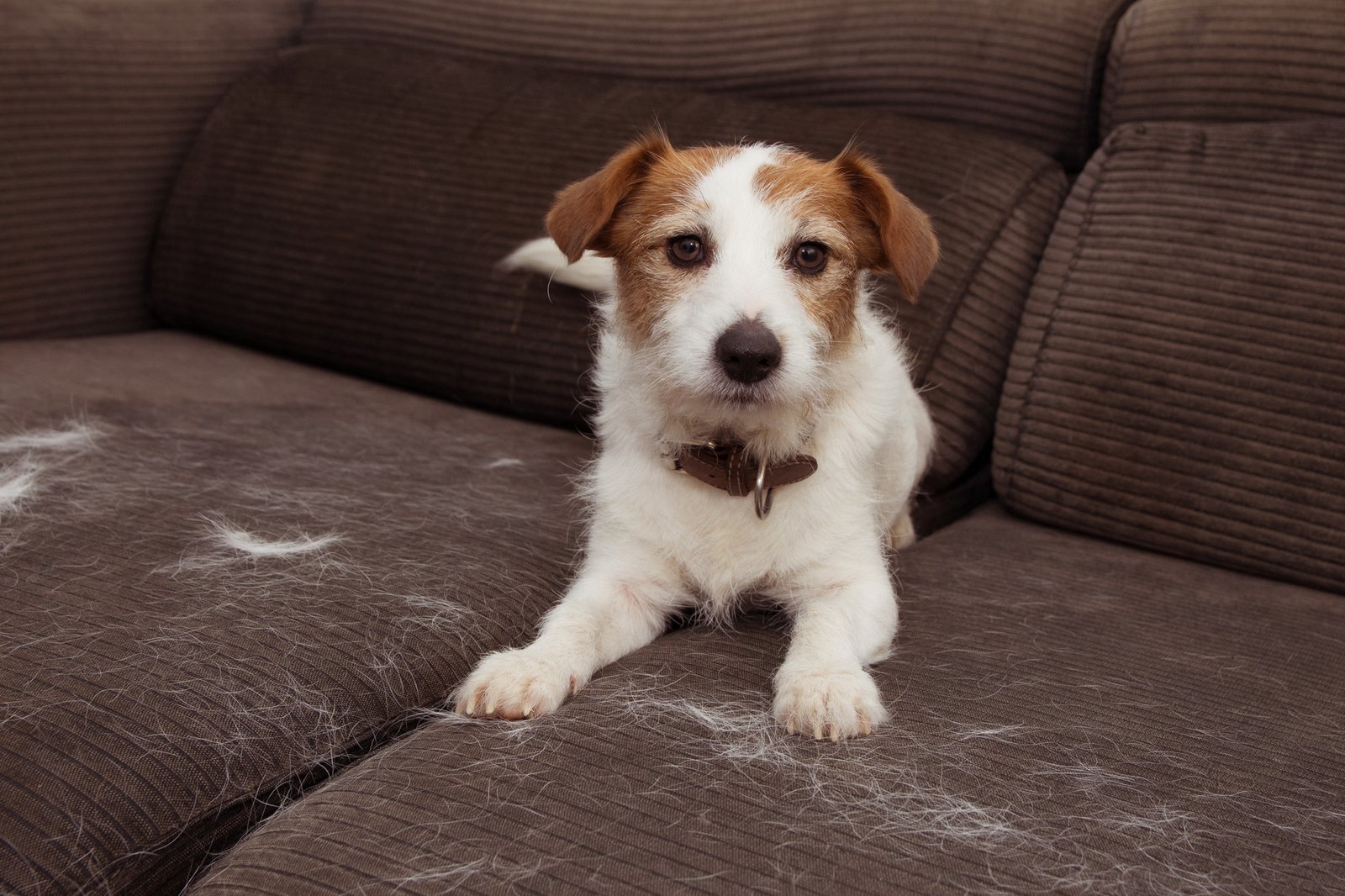
Extended periods of isolation can cause emotional distress in dogs, manifesting as separation anxiety or destructive behaviors. To prevent this, it is essential to ensure that your dog has enough physical and mental stimulation. This can include interactive toys, regular exercise, and, if necessary, the companionship of a dog walker or daycare during longer periods of absence. These activities can help keep your dog engaged and reduce feelings of loneliness and boredom.
Using Strong Perfumes
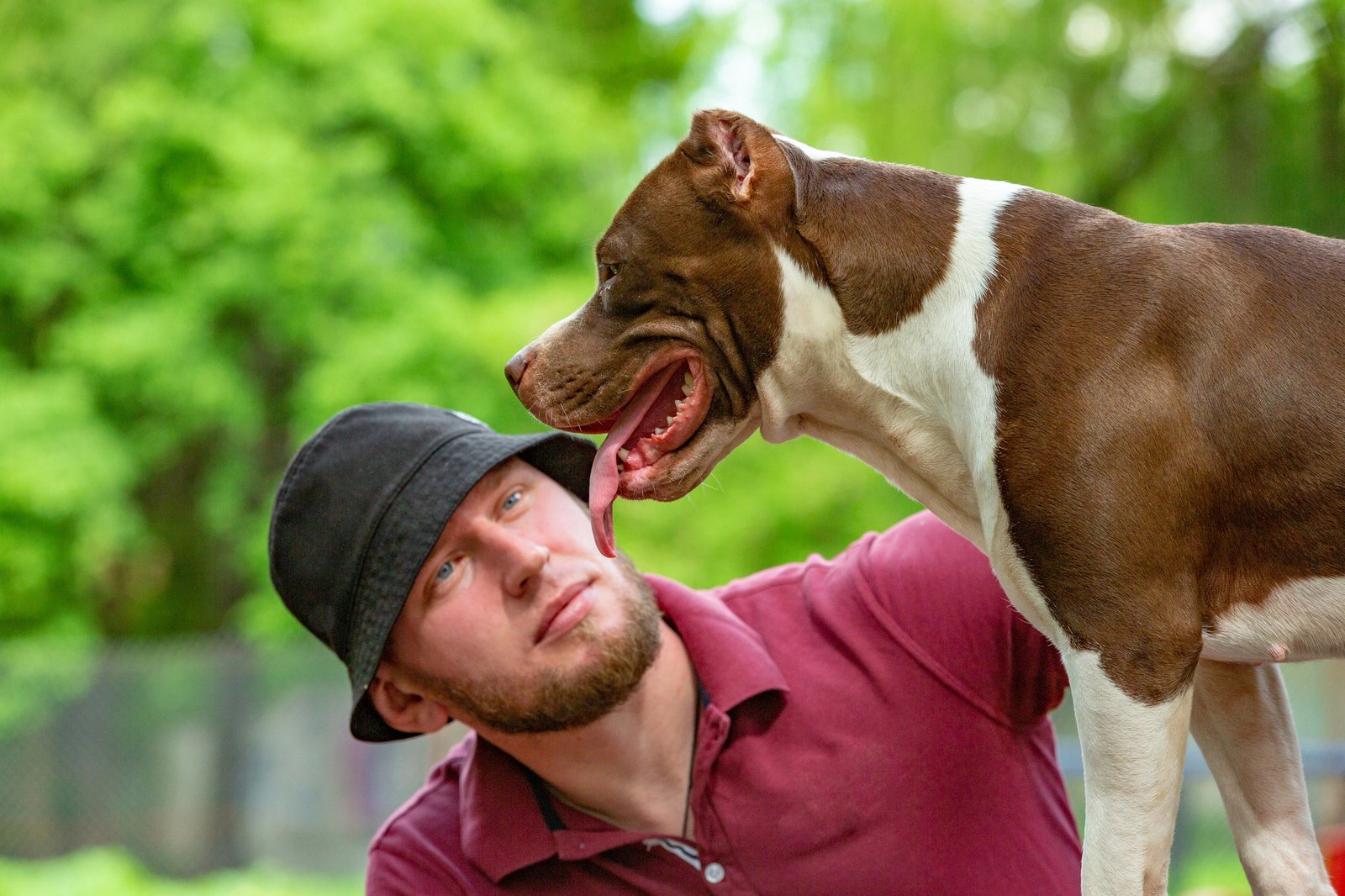
Dogs have a highly developed sense of smell, and strong perfumes or scented products can overwhelm and irritate their sensitive noses. Using unscented or pet-safe products in your home can help avoid causing discomfort or distress to your dog. This consideration is especially important when choosing cleaning products, deodorizers, or air fresheners used around the house.
Yelling or Harsh Punishments
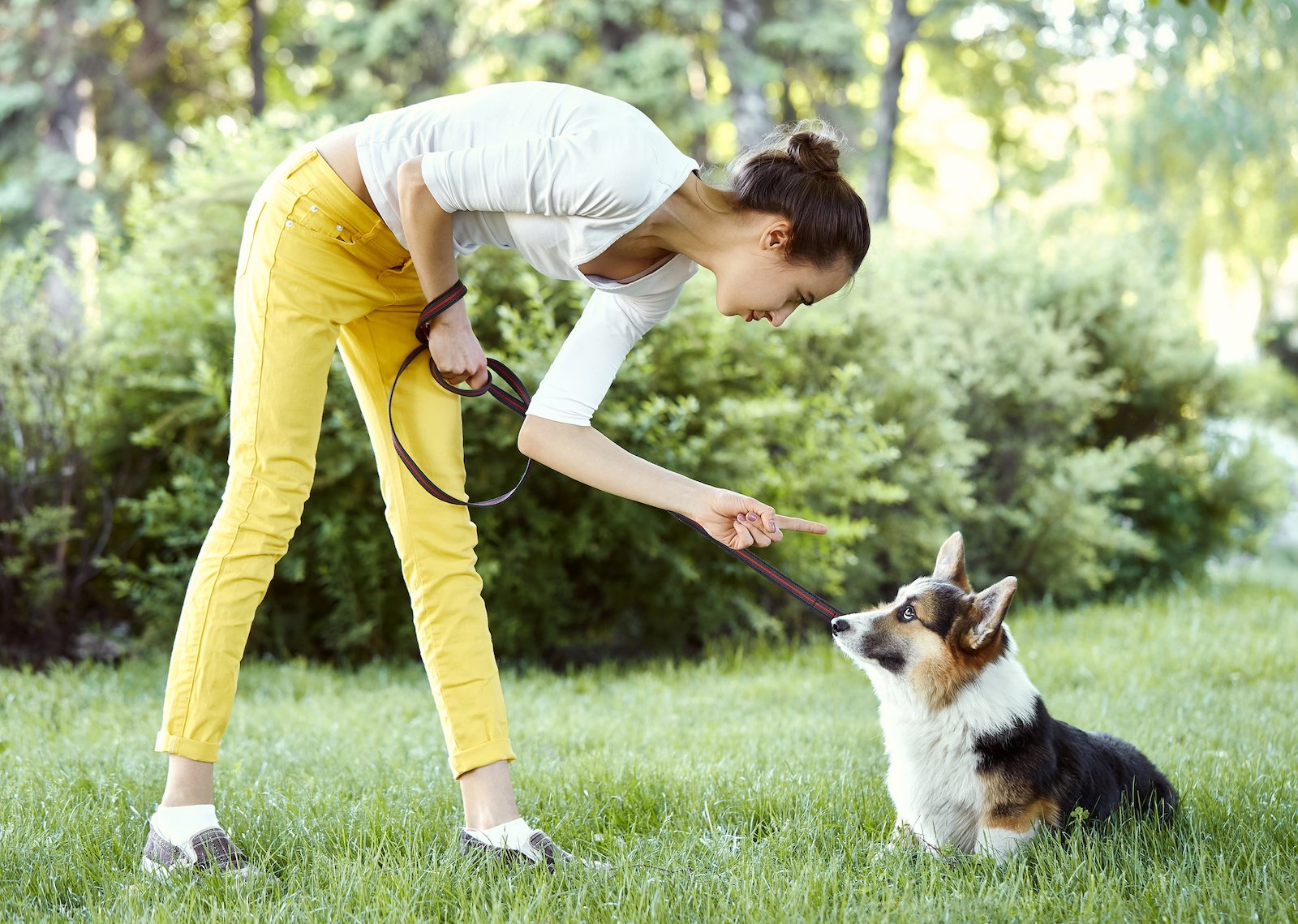
Yelling or harsh punishment can frighten dogs and damage the trust they have in their owners. Dogs are much more responsive to positive reinforcement techniques, such as treats and praise, which reinforce good behavior without fear.
Calm, consistent training helps build a bond of trust and teaches your dog what behaviors are desirable in a way that they can easily understand and want to follow.
Teasing
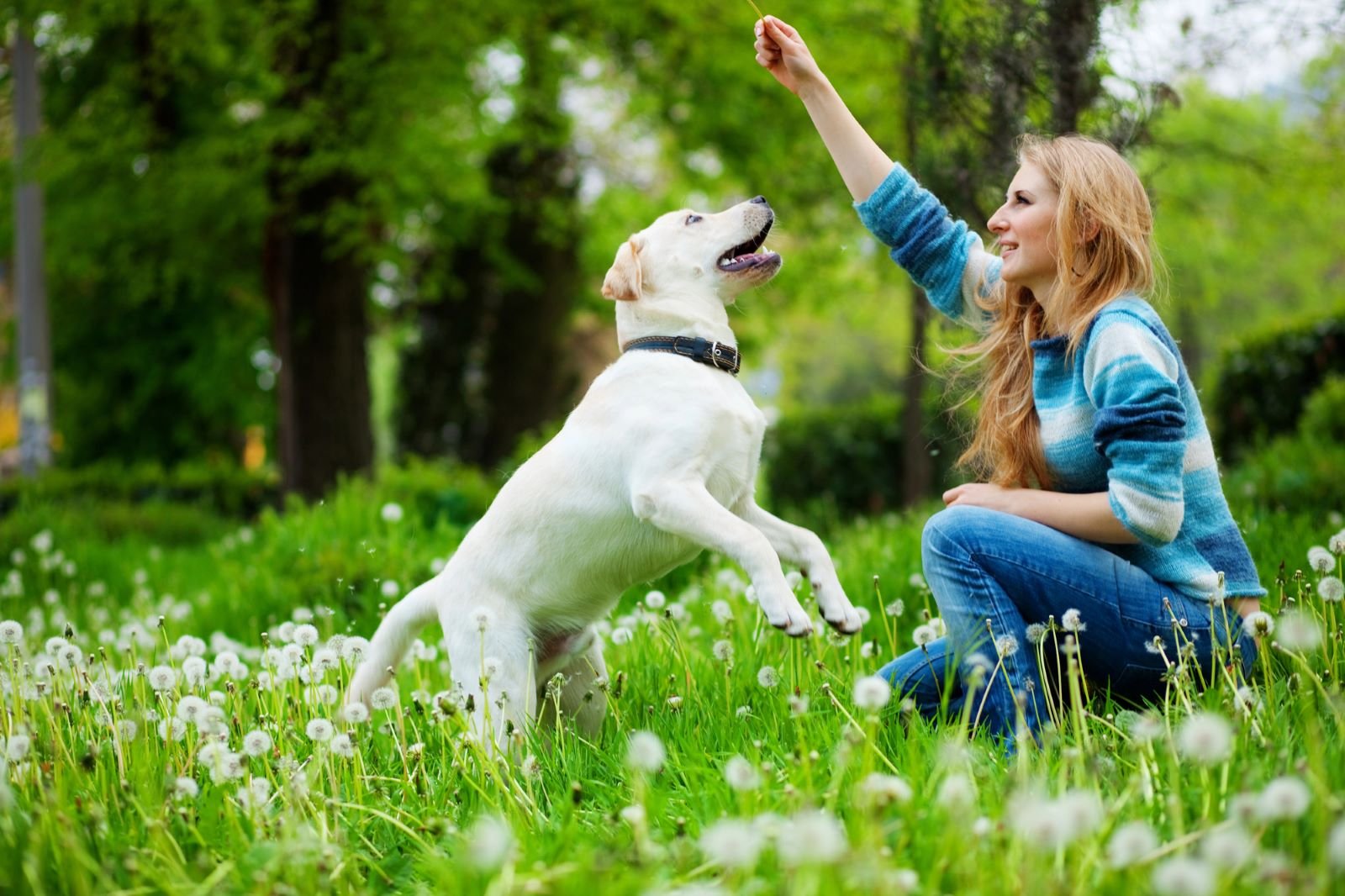
Teasing might seem like playful fun, but it can be confusing and irritating for dogs. Activities that may frustrate or scare your dog, like pretending to throw a ball or making intimidating gestures, should be avoided. Instead, focus on games that foster positive interaction and mutual enjoyment, strengthening your bond with your dog through play that encourages their participation and rewards them with affection or treats.
Touching Their Food

Touching your dog’s food can trigger a protective response due to resource guarding, a natural instinct where dogs see such actions as threats to their valuable resources. To maintain a healthy relationship, avoid interfering with their food during meal times and use positive reinforcement to associate your presence with good outcomes. If your dog shows signs of discomfort, respect their space and seek guidance from a professional trainer or behaviorist.


